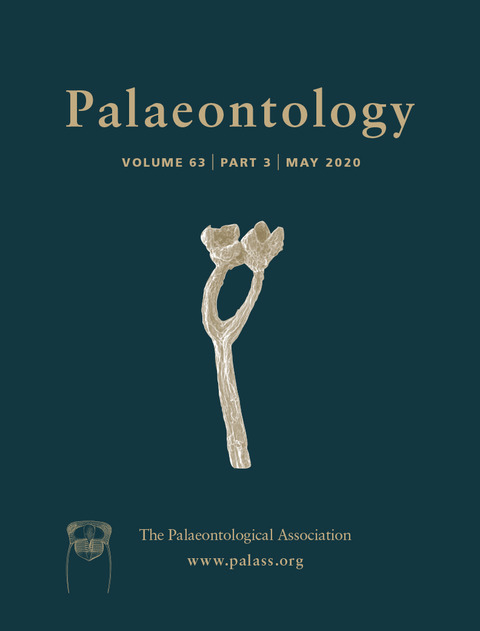Reg. Charity No. 1168330

The carditid genus Cyclocardia is currently the most diverse genus of the family, including nearly 180 nominal species encompassing wide stratigraphical (Cretaceous–Recent) and geographical (Antarctica, South and North America, Europe, Africa, Alaska, Russia, Japan and New Zealand) ranges. Due to the lack of autapomorphies in the diagnosis of the genus and its large account of species, we re‐evaluate the systematic and phylogenetic status of Cyclocardia. We applied three approaches: bibliographic revision, phylogenetic analysis and an exploration of morphological disparity. We used a shell–character matrix comprising 65 taxa (2 outgroups, 29 non‐Cyclocardia carditids and 28 species of Cyclocardia) for phylogenetic and disparity analyses. Maximum Observable Rescaled Distances was used to construct a distance matrix to compare Cyclocardia species and other carditid groups. According to our results, Cyclocardia represents a non‐monophyletic taxon and is thus a ‘wastebasket taxon’, chiefly because its diagnosis was based mainly on plesiomorphic characters. The European species C. kickxi and C. chameformis are placed within Scalaricardita, and the previously proposed genus Crassicardia is monophyletic (including C. crassidens, C. crebricostata, C. isaotakii and C. rjabininae). Three new genera are proposed for new groups identified by the phylogenetic analysis: South American Oesterheldia gen. nov. (including O. cannada and O. dalek), western North American Coanicardita gen. nov. (including C. ventricosa and C. occidentalis), and North Pacific Hippocampocardia gen. nov. (including H. barbarensis, H. hamiltonensis and H. yakatagensis). The newly defined monophyletic Cyclocardia is restricted to the Atlantic Ocean species C. borealis, C. novangliae and C. compressa.